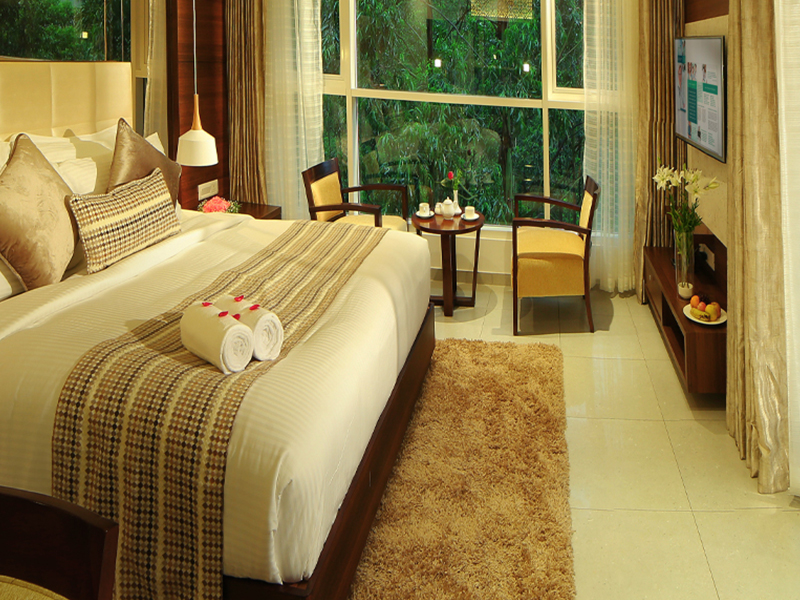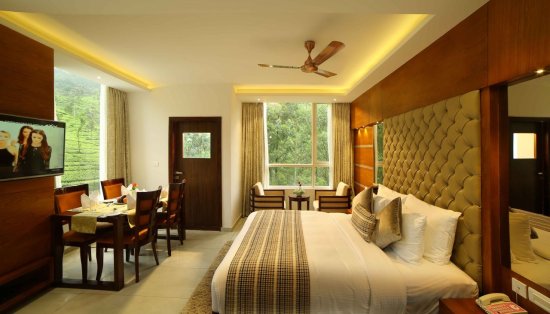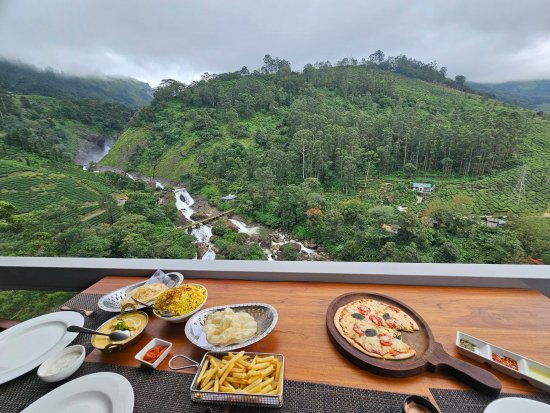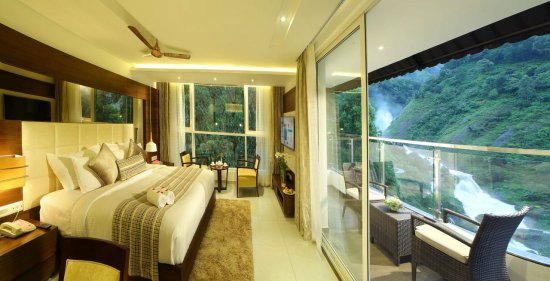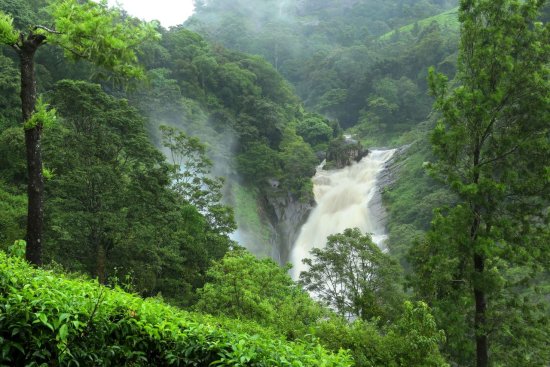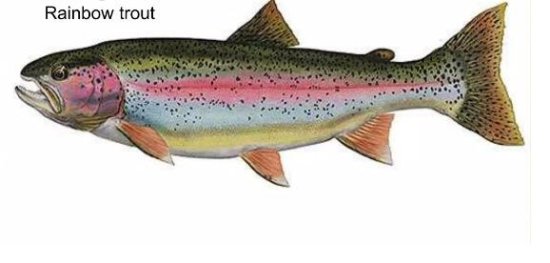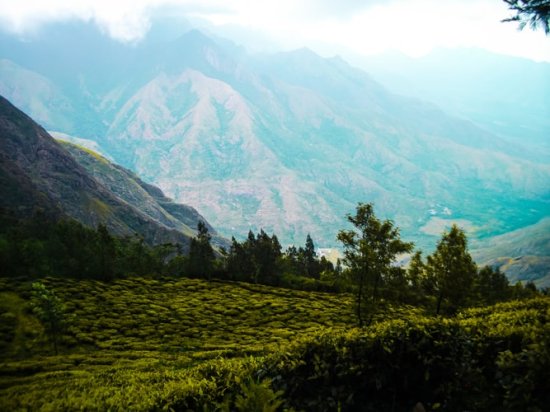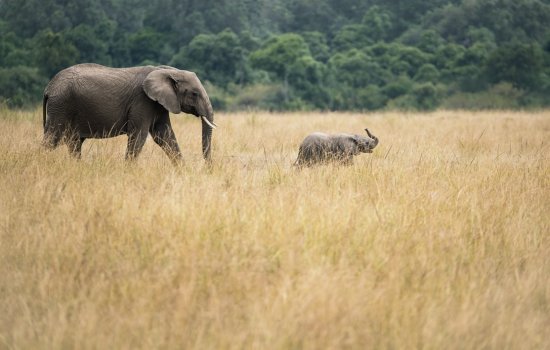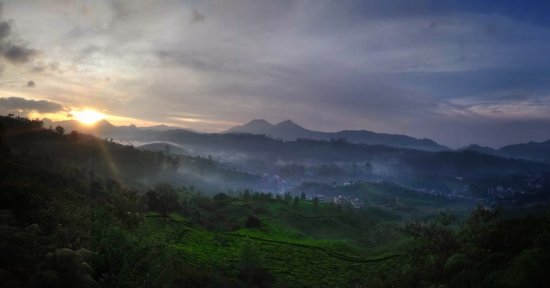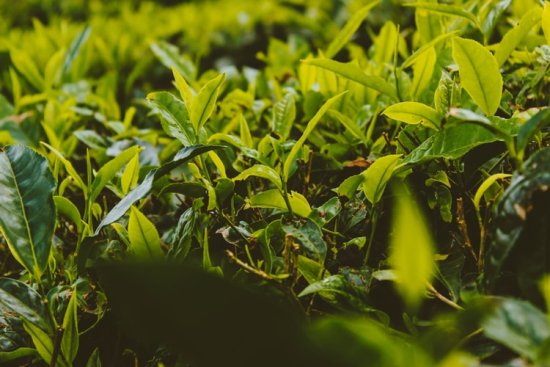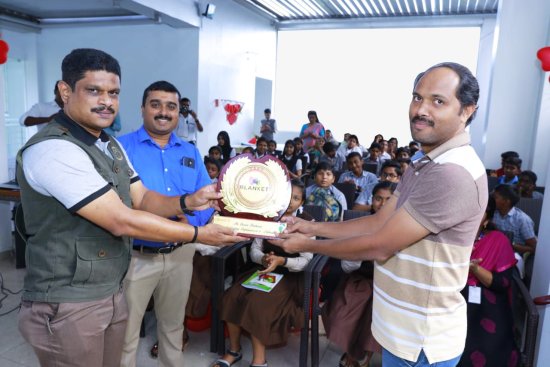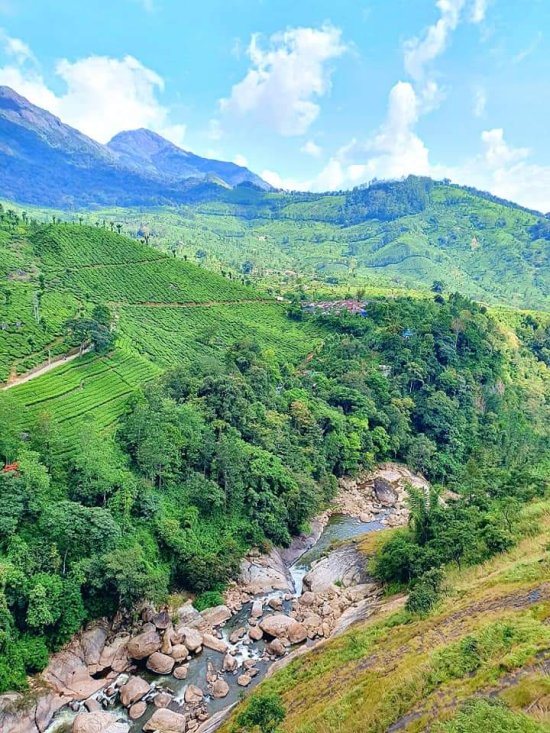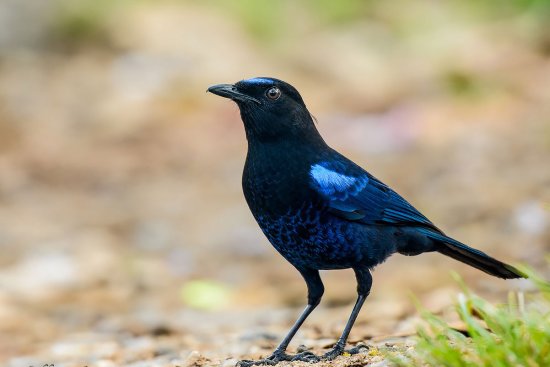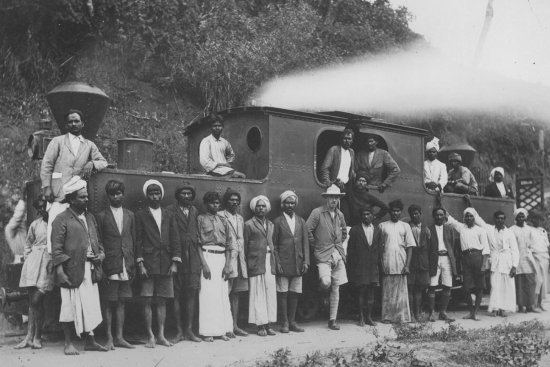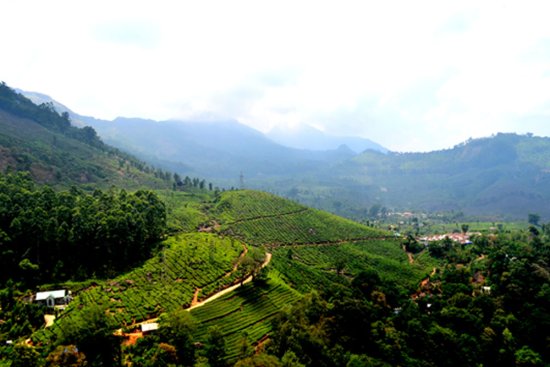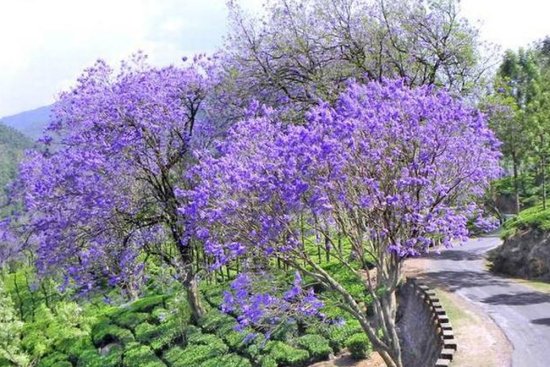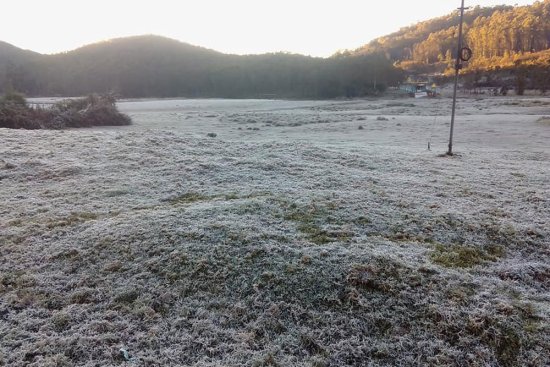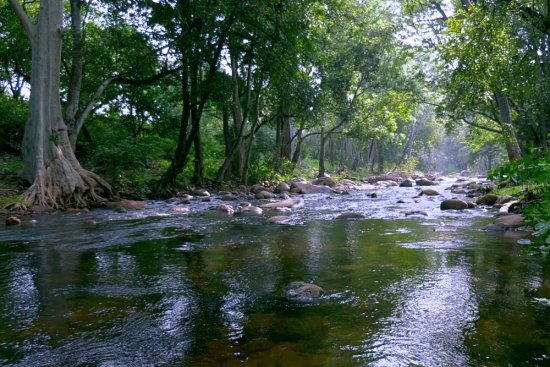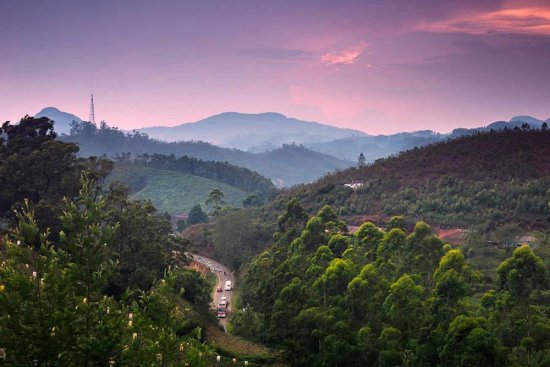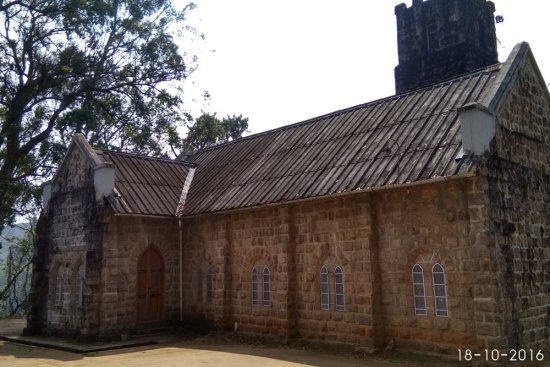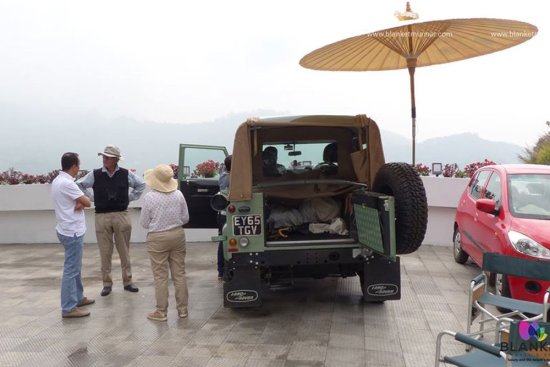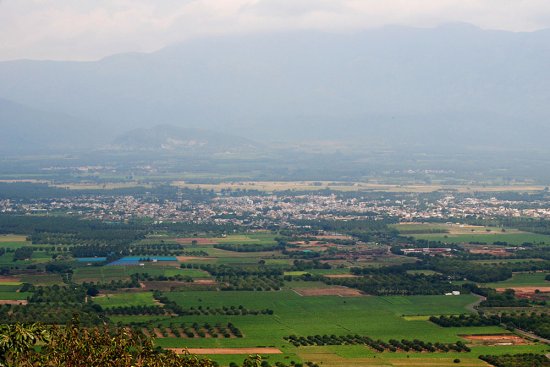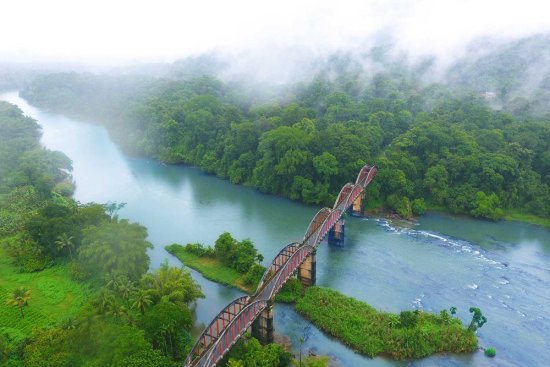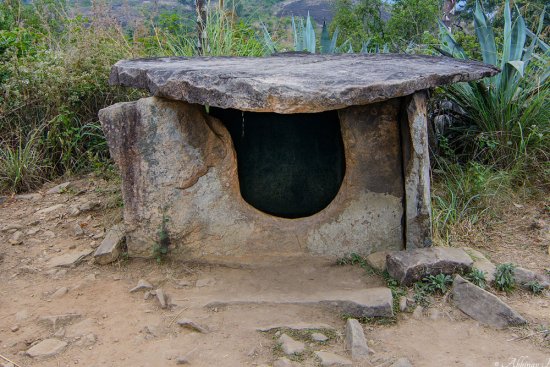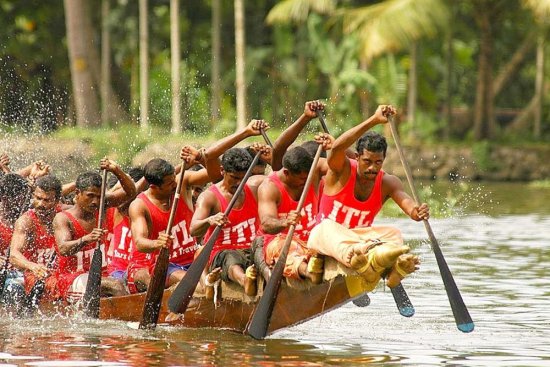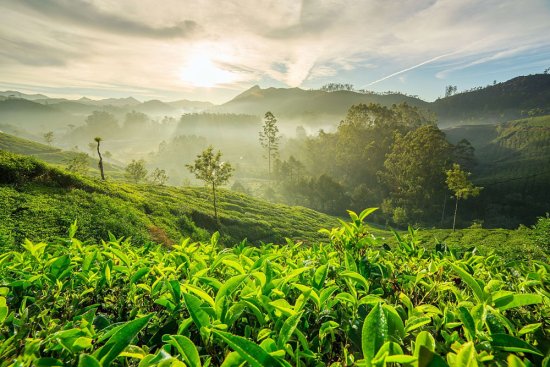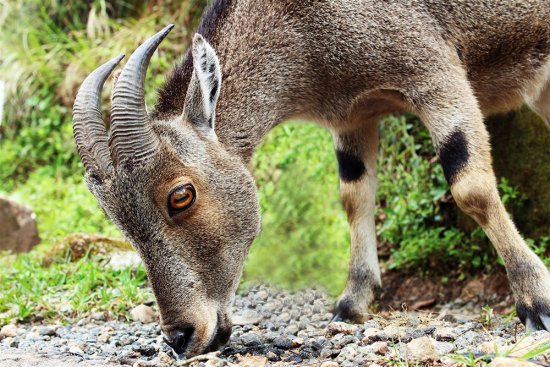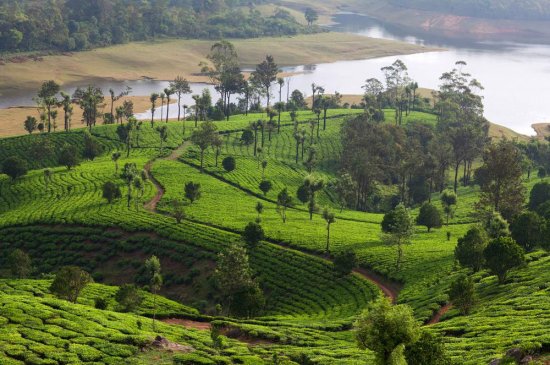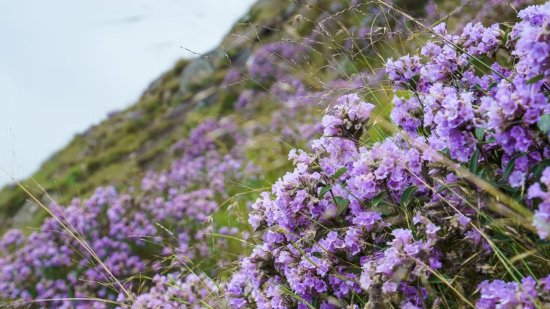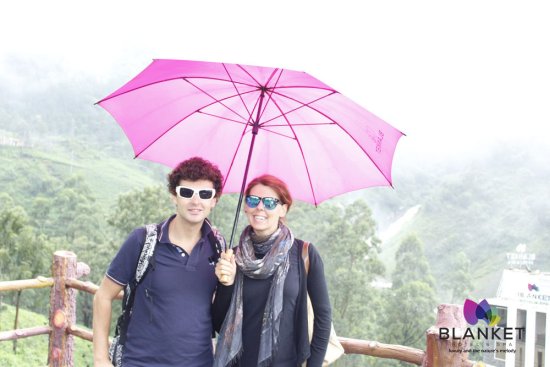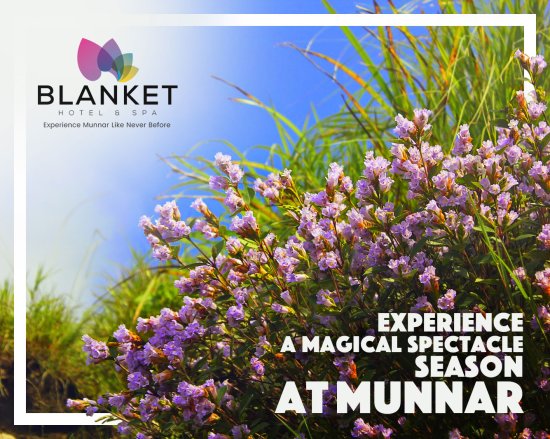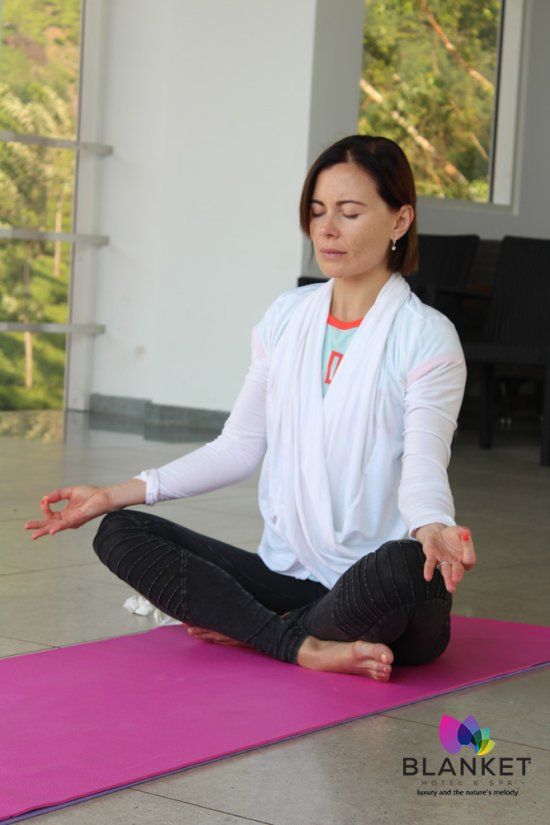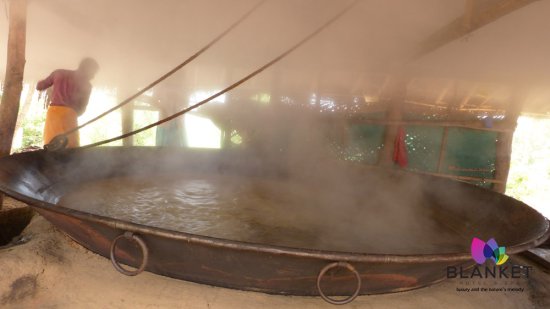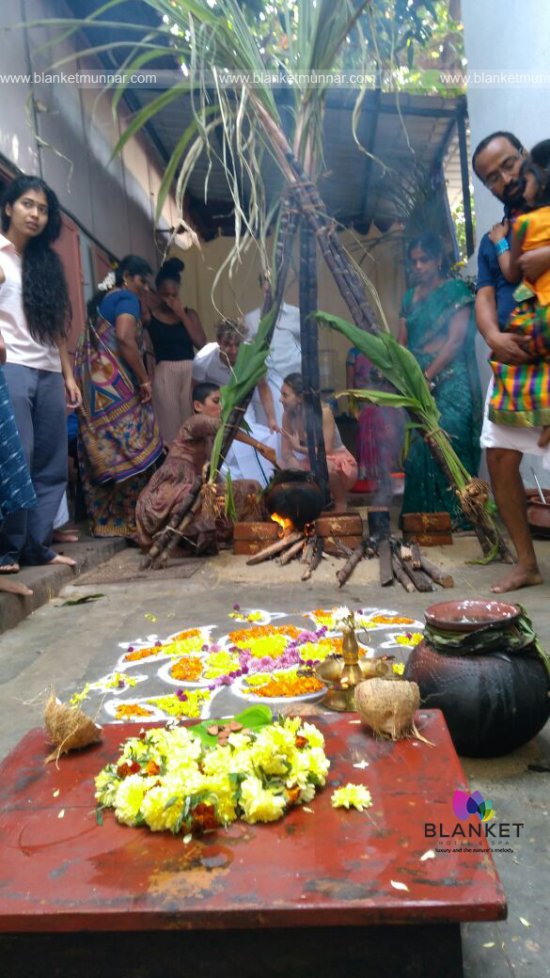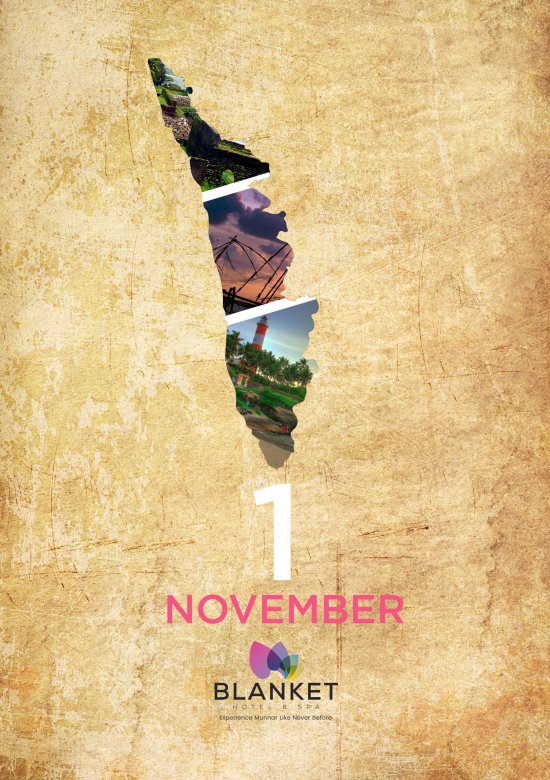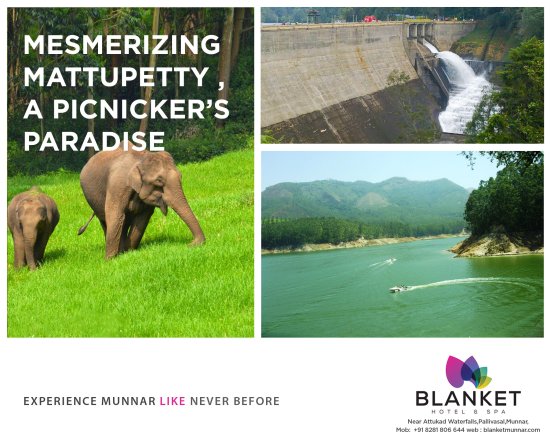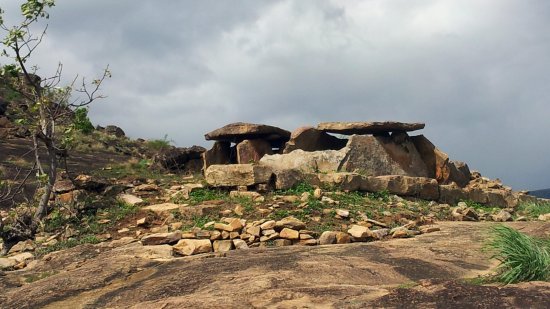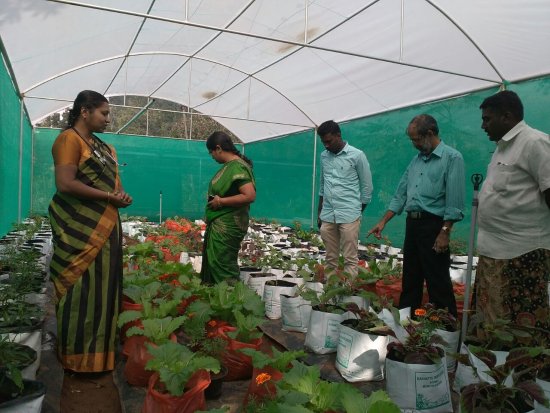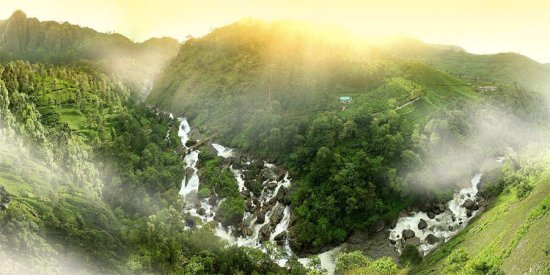Nestled amidst the rolling hills and misty tea plantations of Munnar lies a haven where nature meets elegance — Blanket Hotel & Spa. Recognized as one of the best luxury resorts in Munnar, Blanket offers an e...
Looking for the best view in Munnar? Imagine waking up to the soothing sound of a waterfall and opening your curtains to a valley wrapped in mist. At Blanket Munnar, one of the most scenic luxury resorts in Munnar, your...
Munnar Resorts Honeymoon & Family Packages
Best Honeymoon package in Munnar for couples & Family.
The most memorable vestige of your sweet matrimonial beginnings would undoubtedly be the honeymoon days when yo...
Nestled in the rolling hills of Munnar, Attukad Village is more than a scenic spot-it's a window into the heart of Kerala's tea country. A visit arranged by Blanket Hotel & Spa offers more than just a tour; it imme...
The God’s privileged home ‘Srishti’, in Munnar encourages mentally disabled children of Tata Tea estate workers. It welcomes us with tear-jerking, exciting and felicific scenes. ‘Srishti’ has to be apprec...
The Tata Tea Museum - A Tribute to the Proud History of Tea Cultivation in Munnar
The words ‘Tea’ and ‘Munnar’ are so entwined with each other, they could be used synonymously. The region of Munnar caught the attention of plan...
Devikulam – The Lake of the Goddess
Picture a place where a higher force existed. One may call it a divine presence or vibe which brings out our inner positive energies. This is Devikulam. A combination of two words, ‘Devi&rsqu...
Chinnar Wildlife Sanctuary and its history
Chinnar Wildlife Sanctuary is one of the twelve wildlife sanctuaries classified under most protected areas by the Government of Kerala. The sanctuary was begun mainly to protect exotic species of a grizzled giant ...
A Fairytale Land Called Vattavada
Settled away from the hustle and bustle of Munnar town, there is a village called Vattavada. It is a village that resembles a fairytale landscape with its flowing rivulets, mist-covered hills, mesmerizing valleys, and low lying clouds. ...
A Brief History of Munnar Kannan Devan Hill Plantation
The Kannan Devan Hills is entrenched into the history of Munnar and has played a major role in the socio-economic development of the region. One of the first Europeans to visit these hills was the D...
This is the story of a nature lover whose absolute passion for the forests and wildlife made him grow from a wild child to a reputed naturalist and environmentalist. Having being in sync to the rhythm of nature for years, Charan is an expert in finding and explaining about exotic flora and ...
Best Holiday experience at Munnar
It was our first vacation after my brother came from the US and we really wanted to make it special. Since our previous vacations had covered almost all places of North India, this time, we decided to spend some leisure time in one of the s...
While strolling through the premises of Blanket hotel, you might be overpowered with sweet whistles
from a little bird, the Malabar whistling thrush. This black beauty’s whistles are similar to that of a lousy
child whistling unbothered...
The lush green hills of Munnar with its sprawling tea plantations have some fascinating stories to tell us. These are stories that have inspired and astounded historians and travelers alike. Among these is a story that has ...
Blanket Munnar : Luxury Hotel in Munnar With A View of Waterfall
Resembling something of a canvas painting, Munnar is a delightful conglomeration of the lush green plantations and the shimmery water streams. B...
Jacaranda flowers and Spathodea flowers which tinge colours on Munnar’s waysides….
The mosquito killing Spathodea, American-beauty Jacaranda and also of the place name ‘Vaguvarai’which portrait the real nature of Munnar.
Jacaranda flowers…..
The month of January is cold and is one of the best times to visit Munnar. Visitors flock to this
magnificent hill station every year during this time to experience the cool winter climate and the warm
sun that provides excellent hues over the skies of Munnar. However, over th...
Kabani, Bhavani and Pambar are the three rivers which flow to East in Kerala.
Pambar originates from Devikulam, where the memories of Maidhili’s stay in forest remain, gliding through Sahyan’s canyons, fluxing through slightly Thoovanam waterfalls, alluring Chinnar rain shadow for...
Are you Looking the best way to travel Coimbatore to Munnar, then use this path
Coimbatore- Pollachi - Udumalapet - Chinnar – Marayoor - Munnar.
Total 160 Kms & will Take 05 hours Travel Time.
Coimbatore to Pollachi- 44 Km
It’s a stra...
Shajahan’s Mumtaz is buried in an ivory-white marble mausoleum in the bank of Yamuna. But here in Munnar, the Kashmir of South India found by the Englishmen, Henry’s beloved Isabella is buried without any pomp. She left her life, memories, dreams, her Henry and dissolve in to the vall...
Munnar is a popular hill station located in the Idukki district of Kerala, India. Thousands of tourists visit this scenic destination every year to witness the majestic sprawling green hills, the historic tea plantations, beautiful waterfalls and the rare flora and fauna that is home to this magnifi...
(Madurai to Munnar Via Usilampetti, Theni, Bodimettu- Chinnakanal- Munnar). 153 Kms from Madurai to Munnar via NH 85 which has long stretch starts from Tondi point near Bay of Bengal in Tamil nadu and end in Cochin near Arabian Se...
(Cochin to Munnar via Aluva , Perumbavoor, Kothamangalam, Neriamangalam, Adimali)
Munnar, popularly called a Beauty Queen of Nature is located 6000 ft above mean sea level enclosed by Tea plantations and wide Mountain Rang...
Imagine a place where the words tranquility and inner peace actually meant something. This is a place where one could probably find one’s true self if they really tried. We are talking about the Muniyara Dolmens in Marayoor, Idukki district of Kerala. It is located approximately 55 kms from Mu...
Boat Race kerala -The most fascinating water festival in Alleppey
The Nehru Trophy Boat Race Kerala is conducted on the Punnamda Lake, near Alleppey which is known as “Venice of East”, On the day of this fierce Race the halcyon lake of Alleppey front is transformed int...
30 Places to visit in Munnar
Munnar represents the pinnacle of nature’s beauty in God’s Own Country, Kerala. Boasting a rich heritage and spellbinding natural beauty, Munnar has something for everyone. From old colonial buildings and the historic Munnar MonoRai...
The Nilgiri Tahr is an endangered caprid that is found along the hills of the Western Ghats in India. It is also popularly known as the Nilgiri Ibex or the Ibex. It is the state animal of the Indian state of Tamil Nadu. It is a close relative of the Himalayan Tahr commonly found along the sout...
Munnar is one Kerala’s most popular tourist destinations for holidays with family or as a couple on their honeymoon. The guests in order to get a better value will always look for 4 star hotels and 5 star hotels in Munnar that can provide the ultimat...
The Neelakurinji flower is in full bloom at Munnar this year. Guests can catch a glimpse of this beautiful and mystical flower in its full glory in Eravikulam National Park. Visitors can visit the park during this time of theyear to experience the magical extravaganza called Neelakurinji and Nilgiri...
There is something special about the monsoon season in Kerala. There is a particular sense of excited anticipation among people and nature alike. The first drops of rain area welcome sight and music to the ears of those who have been suffering the relentless heat of the summer months. Arriving in th...
Truly great artists are ones who create works of art that are appreciated for centuries after they are gone. They come up such creations that are rare and beautiful. They are rare because these creations are few and far between and because they are rare, their beauty is also mysteriously captivating...
I
It's not often that one finds a cute boutique hotel in quite a remote location in Kerala with all things one can dream about.
We, a young couple traveling without our young kid (for the first time), but spent an unforgettable relaxing week in Munnar, a second honeymoon sort of).<...
Marayoor is a region in Idukki district of Kerala that is a region that is renowned for its jaggery and sandalwood forests. ‘Marayoor sharkara’ as it is locally called is a produce that is home the panchayats of Marayoor and Kanthalloor. Jaggery production is considered to be a cottage i...
Think of an Easter egg and invariably one of the first things that comes to one’s mind is the Christian festival of Easter. According to Christian faith, the day of Easter which falls on a Sunday, marks the end of the forty day period of Lent that culminates with the resurrection of Jesus Chri...
India historically has been an agrarian nation. With a diverse landscape and climate conditions that aid many varieties of crops, India as a nation has been become self sufficient in terms of its food requirements due to its farming community. With such diverse cultures and crops it comes as no surp...
The Story of the Glorious Trinity – The Story behind the Birth of the State of Kerala
According to Hindu mythology, the region of Kerala stretches along the Arabian Sea from Gokarnam (Gokarna, in Karnataka) to Kanyakumari in Tamil Nadu. It is believed that the avatar called &lsquo...
Mesmerizing Mattupetty – A Picnicker’s Paradise
A small little town on a hill, Mattupetty is surrounded by sprawling plantations. Located just 13 kilometers from Munnar Town and standing at a height of 1700 metres above sea level, the place offers an ideal picnic spot for to...
It is said that women are the embodiment of God. The ability to preserve life and nurture it is very much a manifestation of the powers held by the Almighty. On this Women’s Day, we would like to show our appreciation for the women in our lives. You see women have always influenced us as...
Every major tourist destination has its own shopping locations. These shopping locations are unique in their own way. Munnar too, has a few shopping locations where you can find some of the most exotic and traditional products. As a traveler, you must remember that Munnar is different from the more ...
During my visit I came upon a place called Marayoor. With its misty locales and breath taking hills Marayoor is a place of ethereal beauty and culture. When I was visiting Marayoor, I could not help being overcome by the sense of mysticism that the region offered. The region is home to the Muniyara ...
They say India is a nation that is severely short when it comes to providing healthcare services in respect to its massive population. Some estimates say that the healthcare infrastructure in place is not even capable to serve even a third of the population. In all my years of being a doctor, I have...
On our honeymoon visit to Munnar in Kerala – God’s Own Country, we visited Attukad, a region that is blessed with the pristine hills and soul-soothing Attukad Falls. A region that looks as if an artist used a generous coat of green on the canva...

